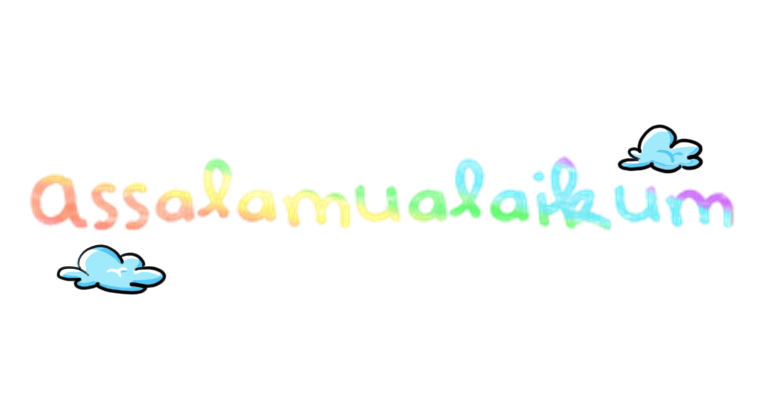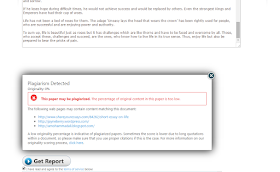Plagiarism
is not a new thing in today's world. Even in the world where there are people
with high intelligence, plagiarism still happens. This plagiarism activity also
include students where they like to plagiarize other people's work and send the
work under their name. As a student, they need to have ethic, all works or
assignment must be done by themselves. It is different story if they only
rephrase it from the internet. There is a huge difference between plagiarize
and rephrase.
These are
what I understand the difference between plagiarism and rephrase:
Plagiarize
is where you copy other people's work 100% without put it as reference and
claim it as your work while rephrase is when you copy other people's work from
the internet or any source, but you put their name as reference.
Regardless
of what I understand about plagiarism, I found a specific meaning of it from a
website called plagiarism.org where many people think of plagiarism as copying
another's work or borrowing someone else's original ideas. But terms like
"copying" and "borrowing" can disguise the seriousness of
the offense. According to the Merriam-Webster Online Dictionary, to
"plagiarize" means to steal and pass off (the ideas or words of
another) as one's own, to use (another's production) without crediting the
source, to commit literary theft or to present as new and original an idea or
product derived from an existing source.
All of the following are considered plagiarism:
- turning in someone else's work as your own
- copying words or ideas from someone else without giving credit
- failing to put a quotation in quotation marks
- giving incorrect information about the source of a quotation
- changing words but copying the sentence structure of a source without giving credit
- copying so many words or ideas from a source that it makes up the majority of your work, whether you give credit or not (see our section on "fair use" rules)
While the
definition about Fair Use from Standford University Library said that in its
most general sense, a fair use is any copying of copyrighted material done for
a limited and “transformative” purpose, such as to comment upon, criticize, or
parody a copyrighted work. Such uses can be done without permission from the
copyright owner. In other words, fair use is a defense against a claim of
copyright infringement. If your use qualifies as a fair use, then it would not
be considered an illegal infringement.
So, by using the plagiarism checker it is easy to
know whether that work is original or has been plagiarized from other people's
work. Here I use a website called paperrater.com to check my assignment.
First I paste my work into the box (refer to
picture below) .
Then, I click the Get Report button and the result of your work's originality will come out!
There are a lot of applications like paperrater on the internet and most of them let people use it for free.
In conclusion, plagiarism need to be avoided moreover for a student. This kind of activity can be a habit where people or above all a student do it a lot. They will think that it is okay to do plagiarism as long as people do not notice. But they do not realise that have ruin their own moral value even if they do not get caught.
2.0 REFERENCES
- Paperrater.com,. (2015). Free Plagiarism Checker | PaperRater. Retrieved 20 June 2015, from http://www.paperrater.com/plagiarism_checker
- Plagiarism.org - Best Practices for Ensuring Originality in Written Work,. (2015). What is Plagiarism?. Retrieved 20 June 2015, from http://www.plagiarism.org/plagiarism-101/what-is-plagiarism/
- Stim, R. (2013). What Is Fair Use?. Stanford Copyright and Fair Use Center. Retrieved 20 June 2015, from http://fairuse.stanford.edu/overview/fair-use/what-is-fair-use/





No comments:
Post a Comment